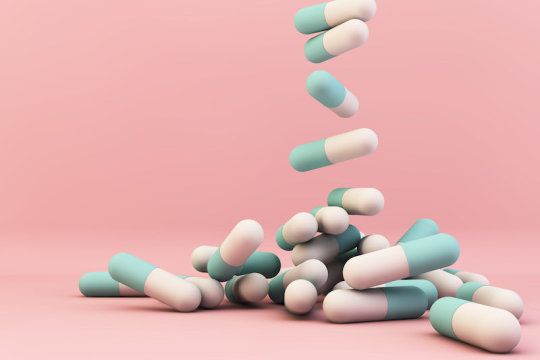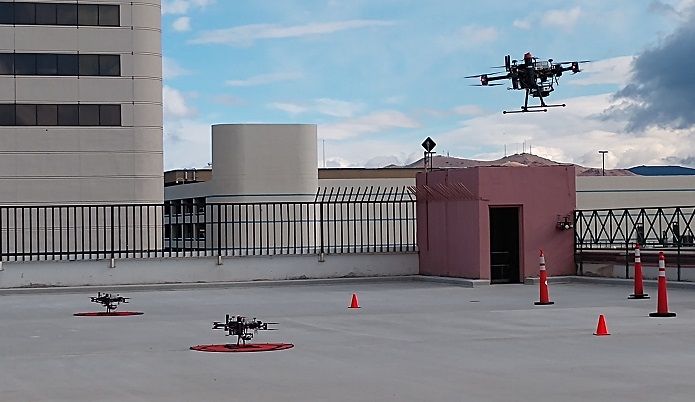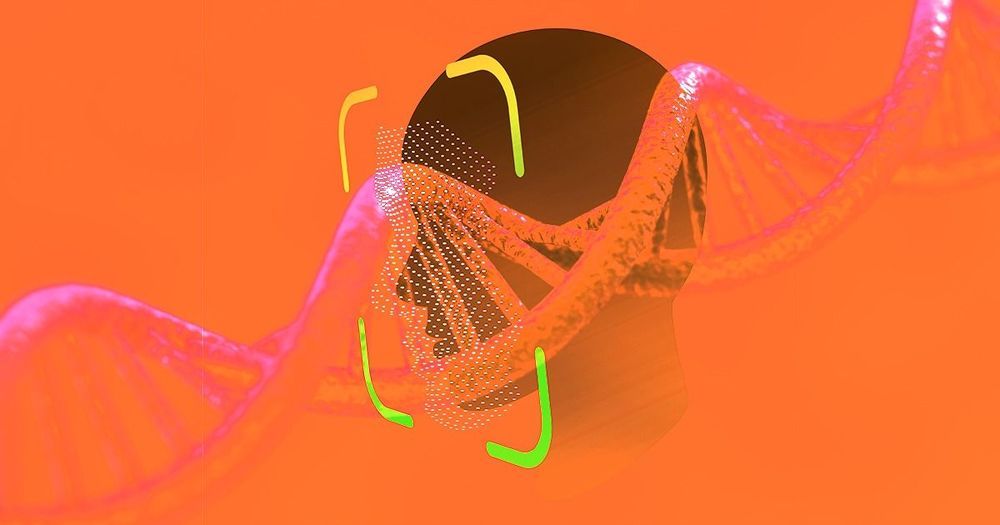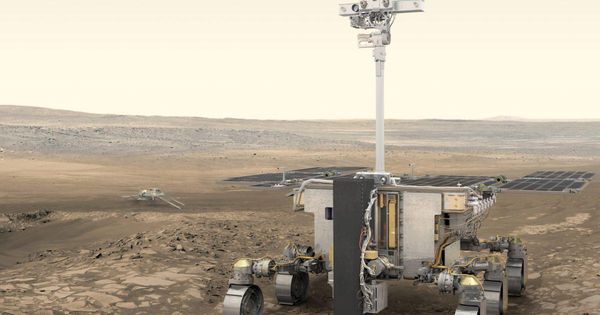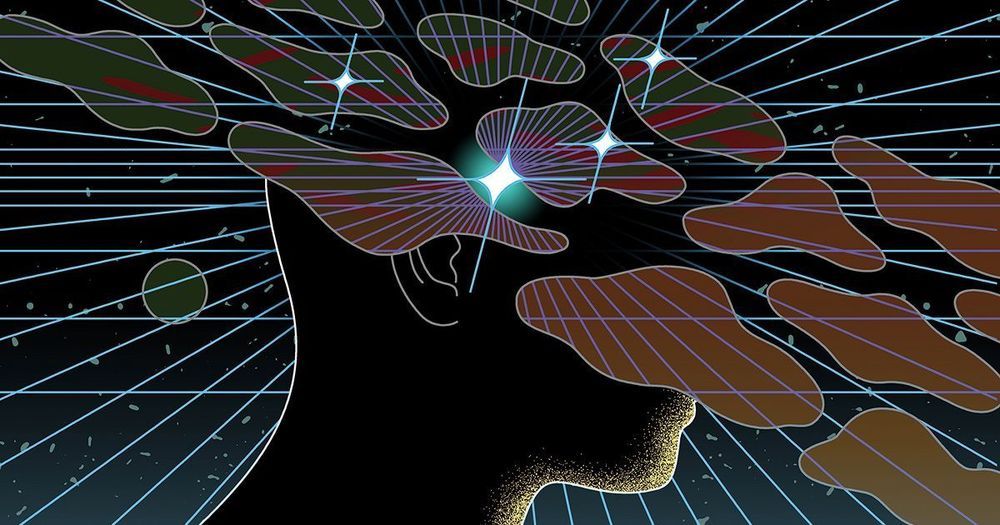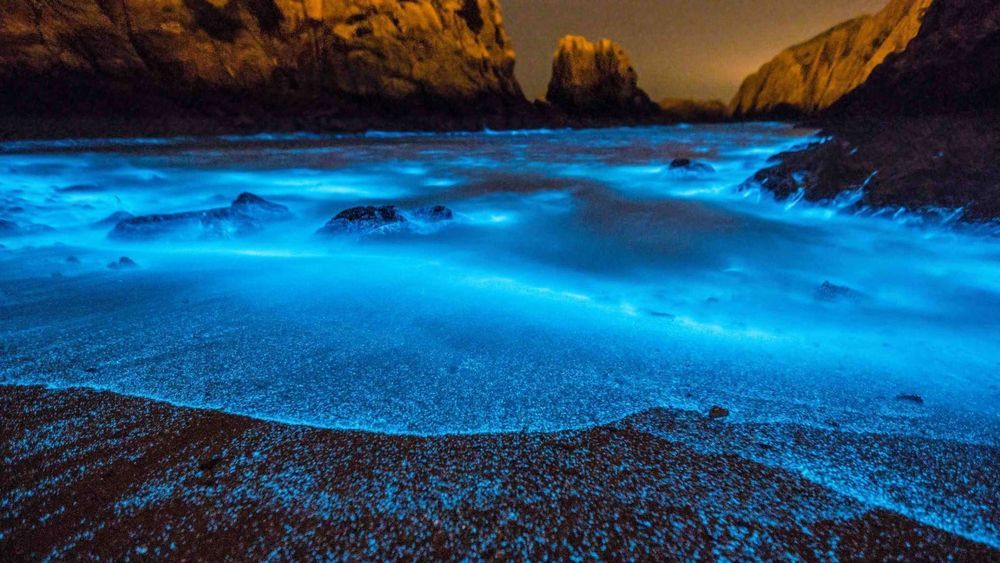Page 8702
Jun 13, 2019
Gut microbes eat our medication
Posted by Xavier Rosseel in categories: biotech/medical, chemistry, food
The first time Vayu Maini Rekdal manipulated microbes, he made a decent sourdough bread. At the time, young Maini Rekdal, and most people who head to the kitchen to whip up a salad dressing, pop popcorn, ferment vegetables, or caramelize onions, did not consider the crucial chemical reactions behind these concoctions.
Even more crucial are the reactions that happen after the plates are clean. When a slice of sourdough travels through the digestive system, the trillions of microbes that live in our gut help the body break down that bread to absorb the nutrients. Since the human body cannot digest certain substances — all-important fiber, for example — microbes step up to perform chemistry no human can.
“But this kind of microbial metabolism can also be detrimental,” said Maini Rekdal, a graduate student in the lab of Professor Emily Balskus and first-author on their new study published in Science. According to Maini Rekdal, gut microbes can chew up medications, too, often with hazardous side effects. “Maybe the drug is not going to reach its target in the body, maybe it’s going to be toxic all of a sudden, maybe it’s going to be less helpful,” Maini Rekdal said.
Jun 13, 2019
Biofield Science: Current Physics Perspectives
Posted by Richard Christophr Saragoza in categories: biotech/medical, neuroscience, quantum physics, science
An intriguing experimental result, known as “the phantom leaf effect,” if fully verified, may be an example of some or even all of these biofield processes. In these experiments, coronal discharge or the Kirlian photographic effect reveals a field effect in the morphological form of an intact living leaf even after part of the leaf is severed. This suggests an analogy to the subjective experience of a phantom limb reported by patients after the limb has been amputated. There might be a persisting biofield that represents the amputatedlimb. First described by Adamenko and reported by Tiller and by Ostrander and Schroeder, more recent validating experiments have been performed with detection methods of greater precision; these are summarized in Hubacher. In his most recent publication, Hubacher performed the experiment with highest definition photographic samples using the largest number of samples to date. Of 137 leaves severed and imaged, 96 (70%) demonstrated clear phantoms.
This article briefly reviews the biofield hypothesis and its scientific literature. Evidence for the existence of the biofield now exists, and current theoretical foundations are now being developed. A review of the biofield and related topics from the perspective of physical science is needed to identify a common body of knowledge and evaluate possible underlying principles of origin of the biofield. The properties of such a field could be based on electromagnetic fields, coherent states, biophotons, quantum and quantum-like processes, and ultimately the quantum vacuum. Given this evidence, we intend to inquire and discuss how the existence of the biofield challenges reductionist approaches and presents its own challenges regarding the origin and source of the biofield, the specific evidence for its existence, its relation to biology, and last but not least, how it may inform an integrated understanding of consciousness and the living universe.
Key Words: Biofield, quantum mechanics, physics.
Continue reading “Biofield Science: Current Physics Perspectives” »
Jun 13, 2019
Reno streets closing; NASA resumes drone testing
Posted by Genevieve Klien in category: drones
RENO, Nev. (AP) — The city of Reno has announced some downtown street closures as NASA resumes a series of drone tests in high-density urban settings.
Beginning Friday, Lake Street will be closed from 1st to 2nd streets from 6 a.m. to 3 p.m. through June 20, and again June 23–25.
Chism Street also will be closed from Dickerson to 2nd Street from June 14-July 2.
Continue reading “Reno streets closing; NASA resumes drone testing” »
Jun 13, 2019
Terrifying AI Matches DNA to Facial Recognition Databases
Posted by Quinn Sena in categories: biotech/medical, information science, robotics/AI
Cops would love to have a system that uses DNA from a crime scene to generate a picture of a suspect’s face, but that tech is still restricted to science fiction.
That technology may never exist, but a team of Belgian and American engineers just developed something similar. Using what they know about how DNA shapes the human face, the researchers built an algorithm that scans through a database of images and selects the faces that could be linked to the DNA found at a crime scene, according to research published Wednesday in the journal Nature Communications — a powerful crime-fighting tool, but also a terrifying new way to subvert privacy.
Jun 13, 2019
MDMA Erases PTSD Symptoms After Two Guided Therapy Sessions, Study Finds
Posted by Paul Battista in categories: biotech/medical, neuroscience
An international study on MDMA and PTSD discovered that over half of patients no longer qualified for PTSD after just two guided psychotherapy sessions.
Jun 13, 2019
European Rover To Probe The ‘Third Dimension’ Of Mars
Posted by Bill Retherford in category: space
Jun 13, 2019
Upgrade Your Memory With a Surgically Implanted Chip
Posted by Paul Battista in categories: computing, neuroscience
Jun 13, 2019
Podcast #32: Reimagining Our Tomorrows with Joe Tankersley
Posted by Mark Sackler in category: futurism

“We should celebrate when optimism and hard work triumph over cynicism, lethargy, and fatalism.”– Sadiq Khan.
Jun 13, 2019
Stunning but Deadly, China’s Bioluminescent Algal Blooms Are Getting Bigger
Posted by Genevieve Klien in category: futurism
Satellite imagery taken over the past two decades shows that the toxic bioluminescent microorganisms responsible for China’s sparkling blue seas are becoming increasingly abundant.
New research published in Geophysical Research Letters is the first to use satellite data to track algal blooms consisting of red Noctiluca scintillans (RNS), a single-celled microorganism that produces the beautiful bioluminescent blue glow known as “blue tears.” These tiny sea creatures prefer coastal waters, especially along the coast of the East China Sea where they appear in the numbers required to produce the spectacular blue glow.

